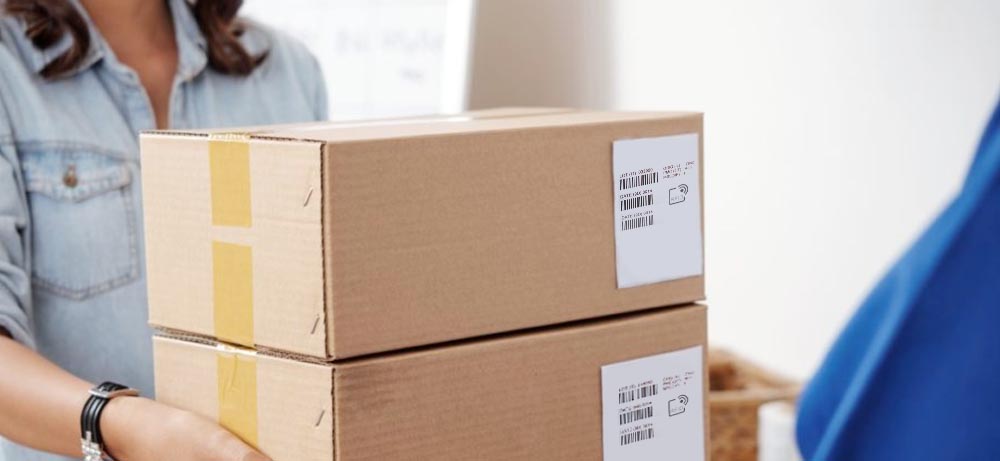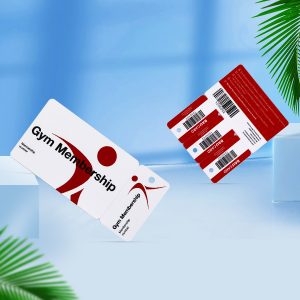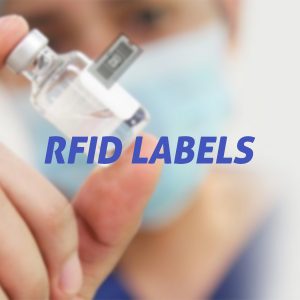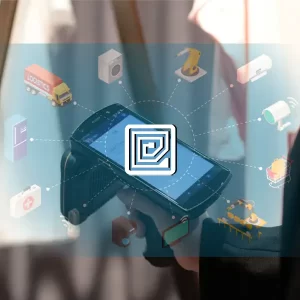
For a long time, there are often customers who wonder what the advantages of RFID technology are, and the one-dimensional and two-dimensional codes for material inventory can also be realized.
Therefore, RFID technology is often compared with the bar code and QR code. One of the advantages of RFID technology is that it can replace inefficient and time-consuming manual processes to save time, automatically identify, capture data, interact with objects and/or improve data accuracy.
The enhanced visibility provided by RFID is unprecedented and can dramatically change the way companies view their processes.For some companies, the need for RFID technology has emerged and realized.
However, it is not feasible because of the high upfront cost and the time-consuming testing and deployment process.
In addition to RFID’s start-up cost and deployment time, many companies are hesitant to change their current processes because this considerable change will impact the company.
Although RFID technology is often advertised as an advanced alternative to manual processes such as asset and inventory management, RFID does not have to completely replace existing processes such as bar codes.
Like most technological advances, changes can be implemented gradually over time, or the two technologies can work together to provide a more robust solution.
Here are some specific scenarios that illustrate how barcodes and RFID work together to benefit the company.
4 examples of harmonious coexistence of Bar Code and RFID
1. When your company needs fault protection measures.
Some companies use RFID printers to print 2D or 3D barcodes on their printable RFID labels. This is done to achieve multiple measures. Some choose the integration of RFID and barcode as a preventive failsafe.
In rare cases, the RFID tag fails or is damaged, and the barcode is then used to identify the item until the RFID tag can be replaced.
In most cases, barcodes are implemented in customer-facing applications because all types of consumers frequently process items.
For example, a company that sells shoes uses hanging RFID tags with barcodes printed on the outside of each shoe.
After frequent processing, one label was damaged and could not be read.
Because RFID and barcode can identify the label, employees can still use the printed barcode to identify the exact shoe. Once the shoe is identified, the copied barcode can be printed on a new RFID tag and re-attached to the shoe.
2. When your company needs to change slowly and gradually.
Many companies do not have enough upfront capital or time to convert many assets or inventory items from barcode labels to RFID. In this case, it is recommended to gradually change from barcode to RFID to adopt RFID at its own pace. This can be done by selecting a set of test items and marking each product with an RFID tag with a repeated bar code printed on its face. Then, RFID tags with printed barcodes can replace paper barcode labels on products of all items in the selected group.
Using purchased or rented RFID handheld readers with barcode scanning capabilities, the company can compare the speed, accuracy, and reading distance of RFID and barcodes without the need for complete system deployment. In addition to time or financial issues, some companies are still reluctant to trust new technologies but prefer to continue to use their favorite technologies, such as bar codes. By choosing to retain barcode technology and scanning capabilities while testing new technologies such as RFID, companies can spend some time building trust in the new system, seeing the benefits, and investing in accordance with their schedule.
3. When other parts of the supply chain or logistics process are not ready for conversion.
Any company belonging to a supply chain or complex logistics process may understand the difficulty of trying to implement large-scale process changes. This is especially true when the proposed change will affect the way the product is identified and managed.
If a company or a certain department in the supply chain wants to automate manual processes, such as item identification, inventory tracking, order/shipment verification, or logistics, a combined RFID and barcode system can be used as a solution. In this case, when the product arrives at a company that only affixes barcode labels, either place the RFID label on each item other than the barcode or replace the traditional paper barcode label with one printed on the RFID printable label. Repeat the barcode.
In this way, companies that choose to use RFID for process automation can get all the benefits of RFID technology without affecting the entire supply chain. Read about the benefits of RFID here.
4. When your company needs multiple processes to automate, and the same solution is not effective for both.
When companies no longer need manual processing and need to automate multiple places or multiple applications, one solution is not always suitable for all use cases. For example, a company may want to automate receiving and inventory management. Still, the receiving area is full of metal infrastructure and machinery, so stray RF readings cannot be mitigated. In this case, the barcode label can be scanned to receive all inventory items, and the barcode scanner can be uploaded into the system. When WMS or other warehouse systems receive incoming inventory barcode scans, custom software can be used to create a list of new barcodes and export the list to an RFID label printer. . Then, after the products are transferred to the inventory/inventory warehouse, they can be marked with repeated barcodes on the printed RFID labels immediately.
In the inventory warehouse, RFID works well and can provide the company with 99.9% inventory accuracy, fast inventory picking function, automatic order verification. When shipping, the system will read the packaged items leaving the factory. In this case, RFID cannot be used for receiving goods because RFID has been tested and produced unreliable results due to multipath effects, making it possible for the application’s barcode automation solution. In this case, RFID and barcode together create a complete solution that is both effective and efficient.
For more information about using RFID and barcodes together, Please contact us or leave a comment below.






